Boost your dairy herd’s success by mastering hormonal changes and timing insemination. Discover how automated tools can enhance your herd’s conception rates. Ready to optimize?
Summary: Are you ready to revolutionize your dairy farm‘s reproduction rates? You can unlock extraordinary conception rates by mastering your cow’s hormonal changes and timing insemination correctly. Understanding the hormonal cycles of estrogen and progesterone is crucial for optimizing dairy cow reproduction. Traditional fertility monitoring can be time-consuming and labor-intensive, often resulting in reduced fertility. Automated systems, including activity monitors and hormone testing kits, generate real-time data, empowering you to make educated decisions and focus on other vital farm activities. Embracing automation lays the groundwork for future success. Scalable and user-friendly technologies, like mobile apps with real-time updates, are essential. Continuous monitoring and quick adjustments ensure high conception rates, leading to unprecedented reproductive success.
- Mastering hormonal changes and timing insemination correctly is crucial for high conception rates.
- Traditional fertility monitoring methods can be time-consuming and less effective.
- Automated systems provide real-time data to make informed reproductive decisions.
- Embracing automation helps focus on other vital farm activities.
- Scalable and user-friendly technologies, like mobile apps, are essential for success.
- Continuous monitoring and quick adjustments lead to sustained high conception rates.

Do you want to improve your dairy herd’s reproductive success dramatically? The key is understanding and managing your cows’ hormonal shifts and determining the best times for insemination. Timing insemination exactly with these hormonal signals improves your chances of successful conception. Automated reproduction systems are meant to monitor and understand your cows’ hormonal signals, directing you to the optimal time for insemination. These technologies allow you to make educated choices based on real-time data, boosting your herd’s reproductive performance.
Understanding Hormonal Changes
While challenging, understanding the complexities of hormonal cycles in dairy cows is crucial for optimizing reproduction. Let’s break it down into estrogen and progesterone, as this knowledge can significantly improve your herd’s reproductive success.
Estrogen: As a cow’s estrus cycle starts, her estrogen levels increase, indicating ovulation. When estrogen levels are elevated, cows exhibit heat-related behaviors such as mounting, increased activity, and vocalization.
Progesterone levels rise after ovulation. This hormone prepares the uterine lining for pregnancy and suppresses following estrus cycles, enabling embryos to implant and thrive.
Understanding these cycles is just the beginning. Timing insemination with these hormonal shifts is critical for achieving high conception rates, and missing this window results in reduced fertility and longer calving intervals, which affects your bottom line.
Automated systems are crucial in timing insemination to coincide with a cow’s peak fertility, typically 12 to 24 hours after estrus begins. This significantly boosts reproductive efficiency, and these technologies can assist in accurately detecting these instances.
Adopting technology such as heat detection devices and hormone tracking eliminates guessing, putting you ahead of the competition. This technology alters reproductive management.
Traditional Methods for Monitoring Cow Fertility Come with a Host of Challenges
Traditional techniques for assessing cow fertility can bring a plethora of complications. Manual observation and record-keeping may be very time-consuming. Walking the pastures, looking for indications of heat, and methodically taking notes is challenging, particularly when you have a large herd to manage.
This method is not only labor-intensive but also very susceptible to human mistakes. A little moment of attention or an ignored signal might result in missing the cow’s most productive phase. The accuracy needed to detect minute changes in behavior or physical signs is difficult to maintain consistently, resulting in lost chances for optimum insemination. The relief from this manual labor that automated systems provide can make you feel liberated and less burdened.
Traditional monitoring systems’ inefficiencies and inconsistencies can be frustrating and costly. However, adopting modern, automated solutions can make a significant impact. They provide sharper insights and help you achieve the ideal insemination time with significantly less trouble. This is a game-changer for reproductive management.
Dive into the Future of Herd Reproduction: Embrace Automation and Boost Your Conception Rates!
Automated reproduction techniques provide a new opportunity for dairy farmers looking to improve herd fertility and output. These technological marvels generate abundant data, allowing you to make educated choices based on real-time insights and trends.
Activity monitors are one of the cornerstone technologies. These gadgets are often connected to cows to monitor their movements. Increased activity usually indicates the start of estrus, providing a reliable predictor for insemination.
Then we have rumination collars. These gadgets monitor cows’ chewing behavior, another helpful indicator of their reproductive state. Changes in rumination habits may indicate hormonal alterations, allowing for more exact timing of insemination.
Finally, hormone testing kits can detect particular hormone levels in body fluids, allowing for a direct and reliable evaluation of reproductive health. These tools may determine the most effective insemination time when paired with activity and rumination data.
Implementing these automated methods eliminates most of the guessing. It improves your potential to achieve higher conception rates, increasing herd growth and production.
No More Guessing Games: Automate Your Herd’s Fertility Monitoring!
Consider this: no more guessing games about your herd’s fertility. Automated reproduction technologies provide real-time data from your barn, constantly updating you on each cow’s hormonal fluctuations. This technology does more than save you time; it completely alters your organization.
What’s the key benefit? Immediate insights. Imagine getting notified the minute a cow reaches peak fertility. Automated systems use accurate sensors and algorithms, significantly reducing the number of humans necessary for monitoring. This lets you concentrate on other essential parts of your dairy farm while ensuring your cows are inseminated at the optimal time.
These tools provide unparalleled precision. Traditional techniques often allow for errors, while automated systems record and evaluate every data point methodically. This degree of precision translates directly into increased conception rates, which are critical for any profitable dairy farm. The precision of these automated systems can make you feel reassured and confident in your herd’s reproductive management.
Take the example of a 400-head dairy in Wisconsin. After using automated monitoring techniques, they recorded a 15% rise in their herd’s conception rates within the first year. This was not a coincidence; their real-time data enabled them to make fast, educated choices regarding insemination.
Another great example comes from a 2000-head dairy in Idaho, where integrating this technology decreased labor expenses by 20%. The time formerly spent on manual monitoring is now being used to improve other production areas, making the farm more productive.
Embracing automation in reproductive monitoring is about more than simply keeping up with the trends; it’s about laying the groundwork for your farm’s future success. You are preparing your herd for unprecedented reproductive success using real-time data and accuracy. The potential for increased profitability can make you feel optimistic and motivated about the future of your dairy farm.
Ready to Bring Your Dairy Farm into the 21st Century?
Ready to move your dairy farm into the twenty-first Century? Integrating automated reproduction techniques may dramatically improve your herd’s fertility management, but you must approach it carefully.
First, examine the expense. While the first expenditure may seem high, consider the long-term advantages of improved conception rates and lower labor expenses. Look for scalable technologies enabling you to begin small and grow as you succeed.
Another important consideration is the simplicity of usage. Choose products with user-friendly interfaces that your employees can rapidly learn and utilize. Some systems have mobile applications which provide real-time updates and notifications to your phone or tablet. This streamlines operations and keeps you updated even when you’re not on the farm.
Ensure compatibility with your current farm management systems. The new tools should work smoothly with your herd management software, removing the need for manual data input and lowering mistake rates. Look for systems with APIs or other integration possibilities.
When deciding on the correct instruments, talk with experts and study evaluations from other dairy producers. Attend industry conferences and webinars to see the tools used and ask questions about their performance and dependability. Choosing a provider with outstanding customer service and training resources is also critical.
Speaking of training, ensure your employees are adequately trained to utilize these technologies efficiently. Provide hands-on training and build user-friendly reference manuals. Encourage an open discussion where employees may ask questions and exchange opinions, ensuring everyone feels secure using the new technology.
By carefully integrating automated reproduction techniques, you may improve your herd’s fertility management and produce a more efficient and productive dairy enterprise.
Unlocking High Conception Rates: The Art of Decoding Automated Reproduction Data
Maximizing conception rates requires a rigorous approach to comprehending and using data from automated reproduction equipment. The challenge is deciphering the data supplied by these technologies and converting raw data into meaningful insights.
First, acquaint yourself with the various sorts of data acquired. Automated instruments collect data on a cow’s activity level, body temperature, and hormone variations, all contributing to the mystery of her reproductive state. Look for increases in activity and temperature, which are generally suggestive of estrus. Hormone-monitoring instruments, including progesterone sensors, immediately indicate that a cow has entered heat.
Strategies to Interpret Data:
- Identify Patterns: Review activity and temperature graphs regularly. Patterns or sudden changes often indicate cows entering estrus.
- Use Thresholds: Set specific thresholds for activity and temperature that, when crossed, trigger alerts for potential estrus.
- Correlate Data Points: Combine hormonal data with activity and temperature to confirm a cow’s reproductive status.
Once you’ve spotted a cow in heat, you must act quickly. Proper insemination timing increases the odds of conception. According to research, insemination should occur between 12 and 24 hours following the first indications of estrus.
Continuous Monitoring and Adjustments:
To sustain high conception rates, continuous monitoring and changes are required. Thresholds are continuously updated depending on herd performance data. If conception rates fall, reconsider data interpretations and adapt your efforts. Automated tools benefit from real-time monitoring, allowing quick reactions to changes.
Automated reproduction technologies may significantly improve your breeding program. By successfully evaluating the data and making educated choices, you may increase conception rates and, as a result, the herd’s productivity.
Common Misconceptions About Automated Reproduction Tools
Many farmers need to be more suspicious about the efficacy and dependability of automated reproduction methods. They typically hear complaints like “These systems are too complicated” or “Automation can’t replace years of hands-on experience.” Let us confront these misunderstandings straight on.
Myth 1: Automation is complicated to implement.
Unlike common assumptions, new automated reproduction technologies are intended to be user-friendly. Lvendahl and Chagunda (2010) found that these technologies help ease monitoring by providing intuitive interfaces and actionable findings. Manufacturers provide training and assistance to help you and your team use these technologies effectively, minimizing learning curves.
Myth 2: Automation cannot match the subtleties of human observation.
While conventional approaches need a sharp eye and years of training, automated solutions use potent algorithms and data analytics to identify minor hormone changes and behavioral indicators. Madureira et al. (2015) found that automated fertility monitoring technologies provide more accurate results than manual techniques.
Myth 3: Automated Systems are not reliable.
Reliability is a significant problem, yet evidence indicates otherwise. According to Denis-Robichaud et al. (2016), automated reproduction farms have much higher conception rates owing to real-time data warnings. These devices reduce human error and guarantee that insemination takes place at the appropriate period.
Myth 4: The technology must be more expensive to justify the investment.
The initial investment prices may seem hefty, but evaluating the long-term advantages and savings is critical. According to Santos et al. (2009), farms using this technology saw decreased labor expenses, fewer veterinary treatments, and improved herd fertility, eventually covering the original investment.
Evidence-Based Benefits
The evidence speaks for itself. Studies have frequently shown the benefits of automated reproduction techniques. Burnett et al. (2015) found that farms adopting these techniques had better overall herd health and output. Aungier et al. (2012) also found that real-time monitoring dramatically minimizes lost heat and open days, increasing farm profitability.
Implementing automated reproduction technology may transform how you manage your herd’s fertility, resulting in increased efficiency, accuracy, and peace of mind. Step into the future of dairy farming and enjoy the benefits of improved reproductive management!
Unlock the Hidden Goldmine: How Higher Conception Rates Secure Your Dairy Farm’s Financial Future
Higher fertility is more than simply keeping your herd healthy; it also ensures the financial viability of your dairy enterprise. Improved conception rates may significantly boost your farm’s profitability. Here’s how
- Increased Milk Production: Cows that conceive more efficiently and at the right time are often healthier and more productive—a timely calving cycle results in more consistent milk yields. Over time, this may significantly increase total milk output, resulting in a more steady and profitable revenue stream.
- Better Herd Genetics: Enhancing reproductive performance increases calves’ quantity and your herd’s genetic quality. High conception rates enable you to selectively breed for desired characteristics such as increased milk output, illness resistance, and general health. This genetic improvement improves the long-term sustainability and efficiency of your herd.
- Increased Profitability: Having more excellent conception rates in your cows lowers the expenditures associated with repeated inseminations, extended calving intervals, and the upkeep of nonproductive cows. Automating reproductive equipment reduces personnel expenses and time spent on fertility monitoring. These cost reductions and more excellent milk output result in better farm profitability.
Higher conception rates are essential for a successful dairy farm. Innovative automated reproduction techniques can keep your herd fertile and economically thriving.
The Bottom Line
Bringing your dairy farm to optimum reproductive efficiency requires more than just hard labor; it also requires thinking more strategically about the resources at your disposal. You may transform your herd’s reproductive performance by intensely studying your cow’s hormonal changes and carefully scheduling inseminations, along with cutting-edge automated monitoring technology. Embracing these adjustments might be the difference between a failing and flourishing organization. So, what are your next steps in upgrading your farm? Will you leap into the future and allow technology to lead you to improved reproductive outcomes?







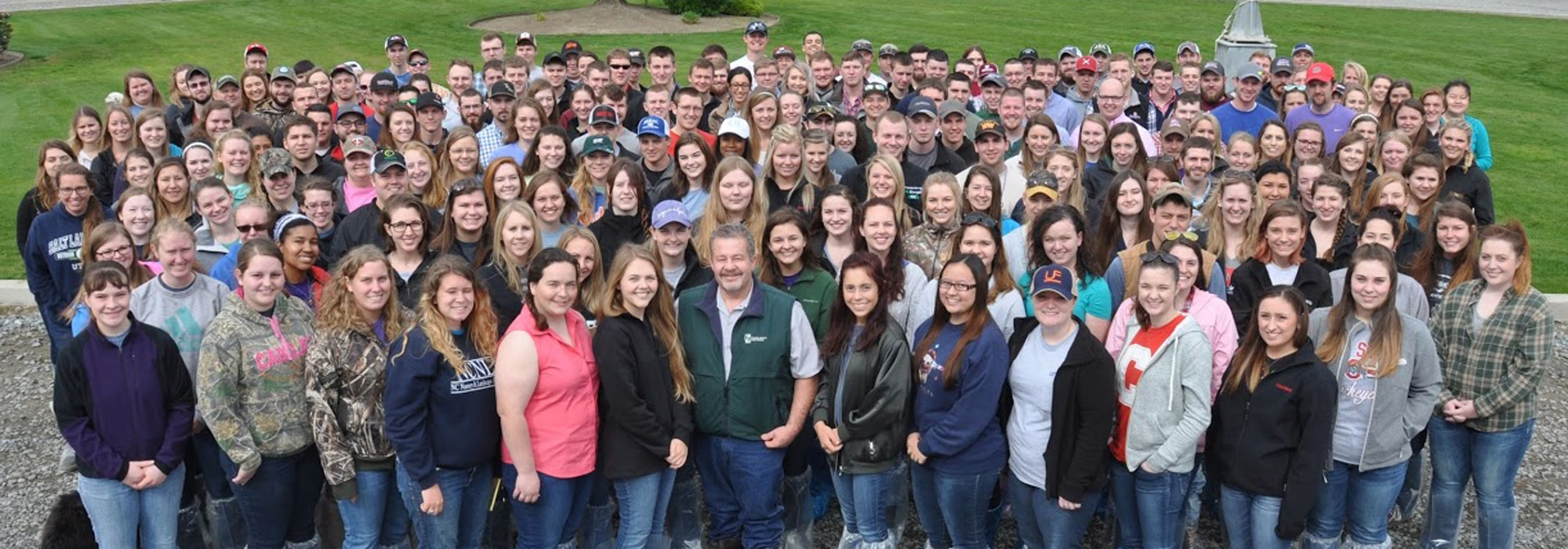
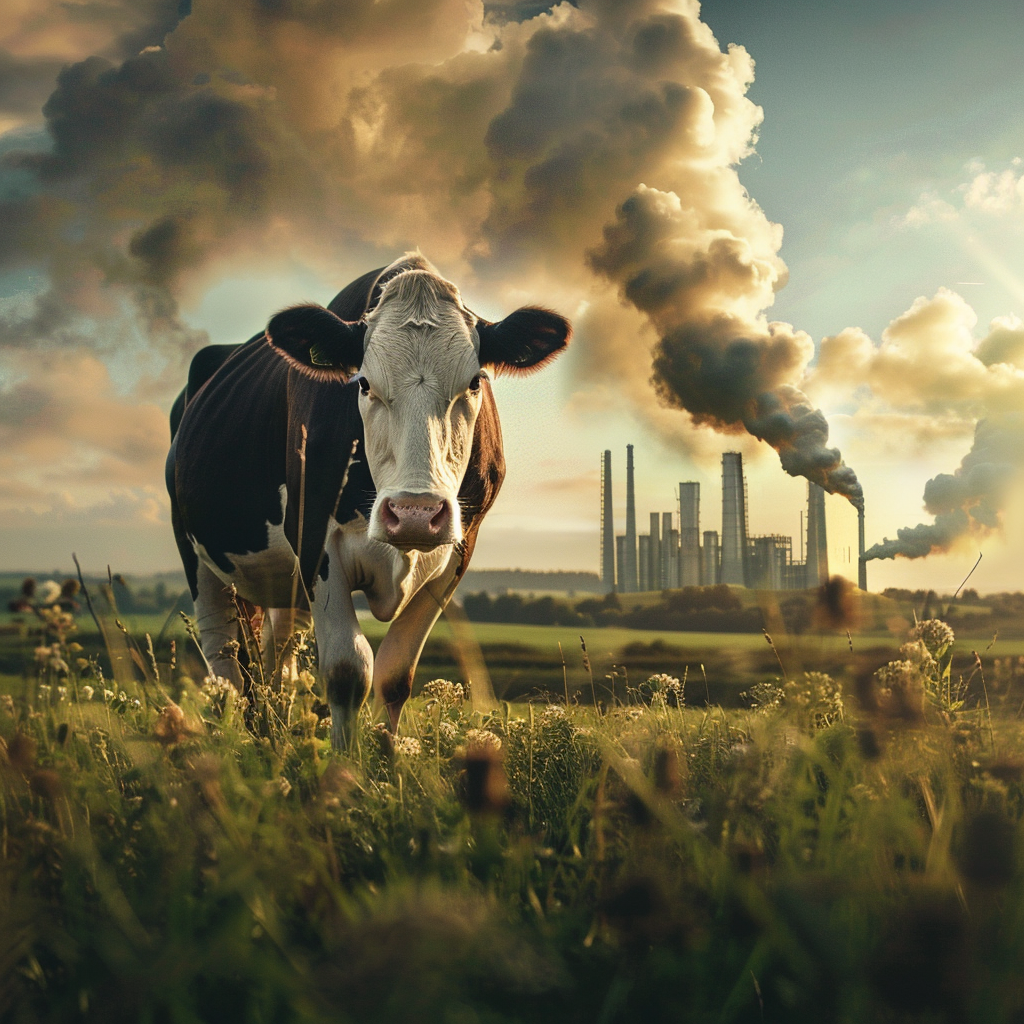
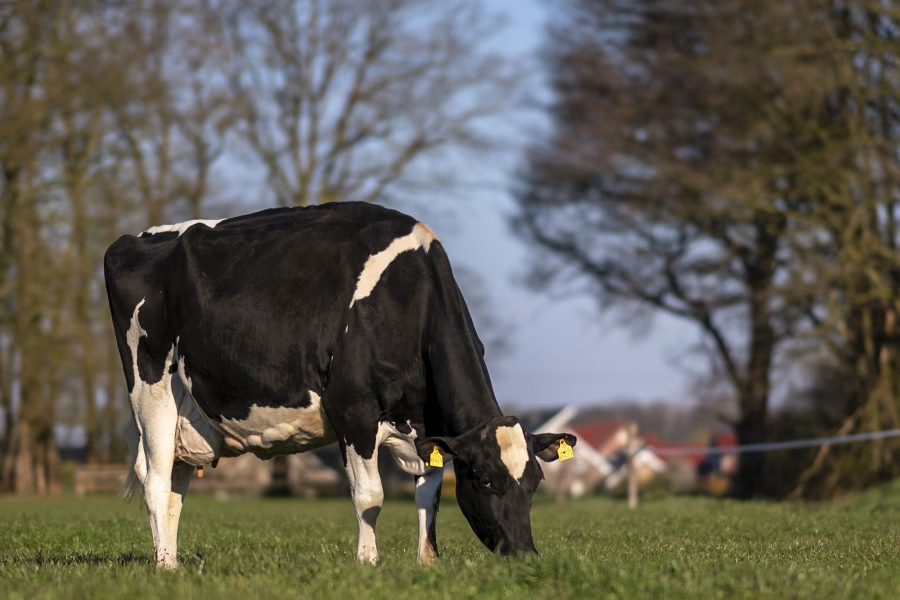
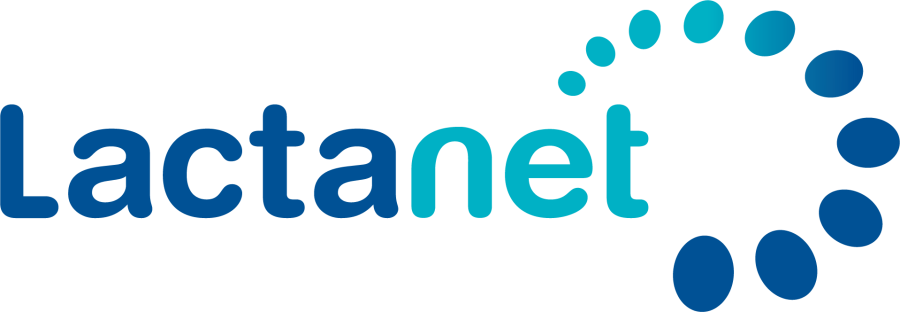

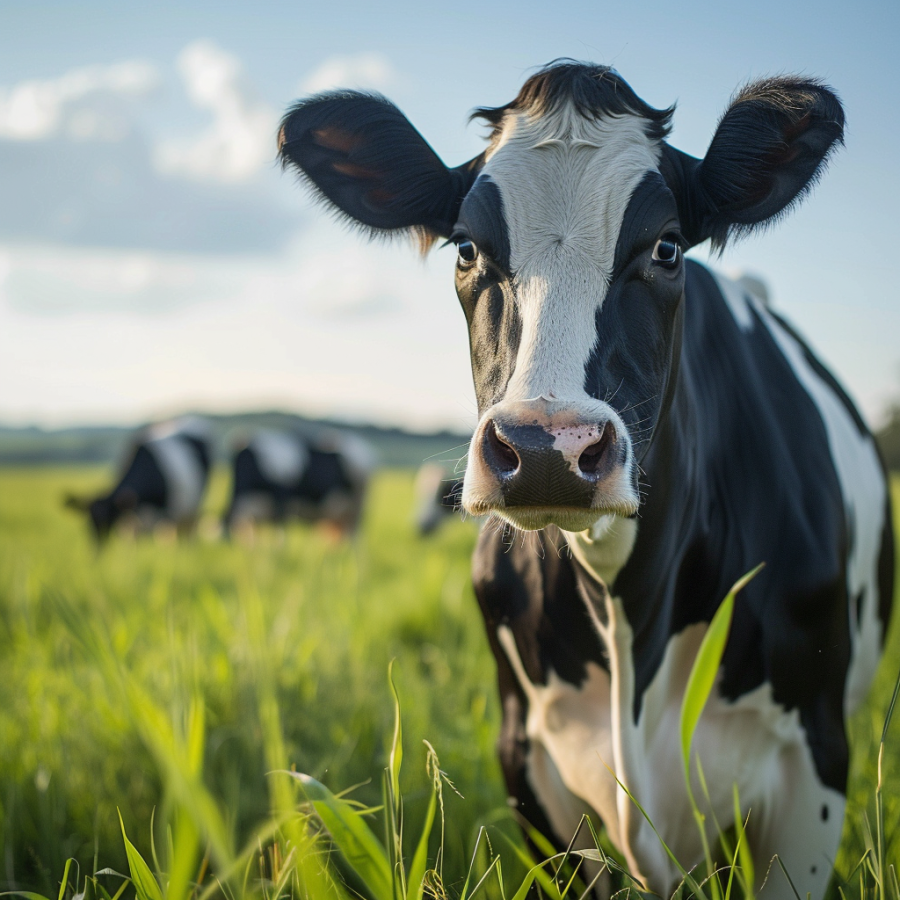


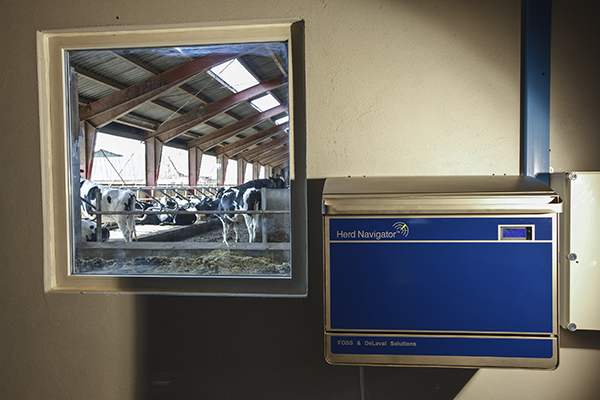
![VMSFullCow[1]](https://www.thebullvine.com/wp-content/uploads/2013/07/VMSFullCow1.png) Designed as the next tool for top herds
Designed as the next tool for top herds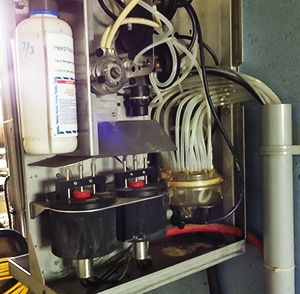 Multi-Purpose Tool
Multi-Purpose Tool



